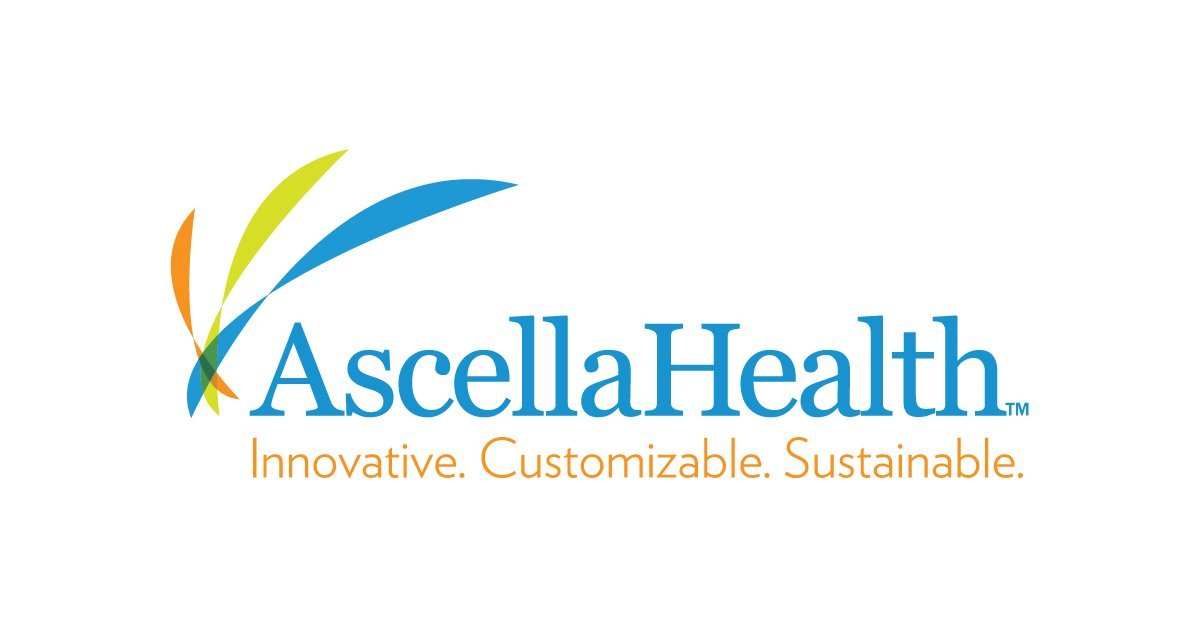Due to various medical conditions that included a cancer diagnosis at a young age as well as a bleeding disorder, I was kept somewhat isolated from the rest of the world. My life was kept in a bubble, and usually my mother intervened before anything got into our bubble. Stability was key in keeping a sick child as healthy as possible. This is true for many children affected by a bleeding disorder, especially those with an inhibitor or children diagnosed in families with no history of bleeding disorders. Parents are often naturally inclined to protect their child from experiencing bleeding episodes, damaged joints, extra infusions, and trips to the emergency room. Not intentional, but parents of kids with bleeding disorders sometimes hold their kids back and hinder them from being able to easily transition to adulthood. They tend to want to do for their child be it due to fear, feelings of guilt, or the need to be in control.
When I started kindergarten, I thought I would be brave, make friends easily, and breeze through school because I was already “advanced” for my age. On the very first day of class, I hopped out of the car in front of school—I didn’t want my mom causing an emotional scene. I walked by myself to the playground where the other kindergartners were gathering; however, as I approached, I started crying silently, wishing I had a hand to hold. Nothing had prepped me in my 5 years of isolation to be able to face new kids and make friends.
If you think I grew out of it by now as an adult, you’re wrong.
Every first day of school has started with tears. Even in college when I thought I was ready to explore a new place and new experiences with new people, I drove to my mom’s hotel at 5 am the day she was leaving and sat against her door crying until she opened it. No matter what change in life came my way, I resisted—even when I knew it was for the better.
During 2020, I felt unhappy and anxious. The pandemic had just hit the United States; like many others, I was in a constant state of fluctuation and felt like I couldn’t catch my breath. The immediate mask mandates, adjusting to working alone from home, being isolated from family and friends, and the constant fear I was going to inadvertently do something that would affect my health made me lose all sense of stability. The changes beyond my control were making me feel like I needed to rewrite my dreams and aspirations on a weekly basis.
Finally, to keep from totally crumbling, I leaned into the changes being experienced. Step one was to leave a very negative work environment that had crushed my spirit in my 14 months of employment, with the goal to find a position where I would feel pride working for the organization and feel satisfaction in my role and contributions. I found an incredible opportunity 2700 miles away in Boston, Massachusetts and somehow convinced them to hire me.
The next step was harder. I owned my home in Nevada, which now had to be sold before I would be able to move across the country. My house meant the world to me. It was mine, my pride and joy, that made me feel safe and comforted. But in order to grow, it meant I had to take chances and let go of things (good and bad) that may have been making me feel safe but were getting in the way of moving forward with my life. I’m sure you’ve heard the old adage, “diamonds are made under pressure”, and immense pressure is exactly what I was feeling.
To grow, I had to part with “home.” The place that held my secrets, that helped me battle my health conditions, my parents and much younger siblings, loud laughs with close friends, and enough memories to fill a multitude of photo albums. As someone who is a culmination of all her memories, this was a struggle for me, but I needed to keep moving forward.
With a brave face, I sold my home and didn’t shed a tear. I turned in my two weeks’ notice at my job with a sincere smile. I said goodbye to my parents and to my brothers and sister who I knew would be growing up without their older sister within driving distance. I packed up 23 years’ worth of memories, put them in a trailer and drove to Massachusetts. Feeling refreshed and strong, I had finally grown out of the “anxious Jacey” stage of my life. It felt like a cheat code had been unlocked, and I was taking full advantage of it. I felt invincible.
For six days this attitude worked until I found myself standing on a train platform on my way to a new job in the middle of a new city where I didn’t know a soul. Underneath it all and with all my newfound bravado, I was still the scared little girl I had always been. Sobbing uncontrollably, I hoped my mom would answer her phone. She did, and told me something that would define my outlook on life from that day forward. “Jacey, you need to let go of the expectations you had for yourself with this transition. The expectations are killing you.”
She was right, I was killing myself for not living up to my own expectations about being fine with transition. Transition isn’t linear. There isn’t a playbook for how one should make major life decisions. You have to go with it and believe in yourself at least a little to get to the edge of the ledge. Eventually, by digging deep and taking chances, you will find the thing that pushes you to take the proverbial leap.
We need to stop comparing ourselves to what we had hoped to be and to whatever expectations others hold over us. Transition is scary, even without having to manage a health condition or a raging pandemic. Life around us is always changing, and we all need to embrace it to have the ability to move forward.
Take transition at your own pace. Set boundaries and attainable goals. Recognize that parents, loved ones, doctors, and others in your life are just working with what they know and with what they are going through at the moment. Don’t bother to regret or blame the situations of your past or your health challenges.
Understand that you’re not alone. Appreciate that others who live with a health condition like hemophilia and von Willebrand may be struggling as well. Reach out to others who may be going through what you are and see how they handle their transitions. Sometimes just sharing your experiences with a like-minded person can be insightful and healing and provide strength. Offer support to one another, and let’s learn to pivot and move forward. We’ve got this!
































